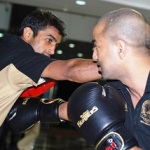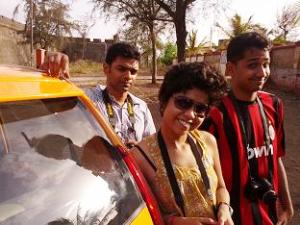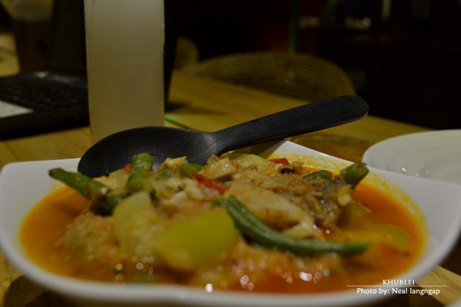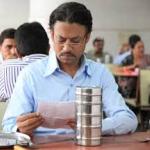At the outset, let me clarify that despite being a sports journalist for a decade and a half now, the first book I had planned to write was not a sports book, but a book on one little aspect of the Hindi film industry. I hope I find the time to pull that off but, as it happened, my publishers, HarperCollins India, and I agreed to put out a book on Indian boxing in time for the 2012 London Olympics. That's how 'Bhiwani Junction - The Untold Story of Indian Boxing' was came to be.
The simple fact is that I love boxing - always have. As a sports journalist and writer, I had the chance to observe Indian boxing from close quarters. I reported on it extensively, wrote long academic essays as well as front-page stories on the sport and, crucially, had a pile of research material on the subject ready. The last bit was important because I had a total of four months to write the book if it had to come out a month before the Games.
What that meant is: (a) a thorough review of the material I had and the material I knew I could get, (b) all the material in my possession dug out, organised, keyed in, etc. (c) appointments fixed - in Delhi (where I was based then), over the phone, in Patiala, in Bhiwani, in Rohtak, in Gurgaon, in Chandigarh, in Calcutta, etc. (d) quick visits to libraries and archives arranged, (e) the employers bid goodbye - in the hope that something would come up once the book was done, which, thankfully, happened, (f) the desktop at serviced to last the distance, and (g) friends and family told that I just don't have time for dinner or drinks.
And then, it just flowed.
It was a story I've told over and over. Down the years, friends, family, the wife have all been subjected to bits and pieces of the story. And what a story it is, especially if you go back all the way to the days of the Raj and dig out the histories of Baboo P.N. Mitter and P.L. Roy and Baby Aratoon and Kid D'Souza and so many others. More recently, there are the inspiring and dispiriting stories of Gurcharan Singh, Buddy D'Souza, Dingko Singh, Zoramthanga, Hawa Singh, Raj Kumar Sangwan, Akhil Kumar ... all the way to Vijender Singh, Vikas Krishan, Shiva Thapa and the rest of the current pack. Parallelly runs the story of women's boxing; Mary Kom and Rajia Shabnam, and so many others. Of women in Manipur finding in boxing a way of life, and of women in conservative parts of Calcutta's Muslim ghettoes becoming poster girls for a revolution of sorts.
Importantly, Indian boxing is in its purplest patch ever right now. Seven men and one woman have qualified for the Olympic Games and that's a record number. I feel this contingent has a realistic chance of bagging two-three, or even four, medals in London. We didn't know this would be the number when the book was conceived. But, somehow, it feels apt that the book is coming out at this time. Indian boxing, after years of struggle, is looking the way it should. Like I've said before, there's a story there, fascinating at least to me, that needed to be told. I think 'Bhiwani Junction' tells the story at the right time and, I hope, in the right way.
Find us on facebook: facebook.com/TheThumbPrintMag







































